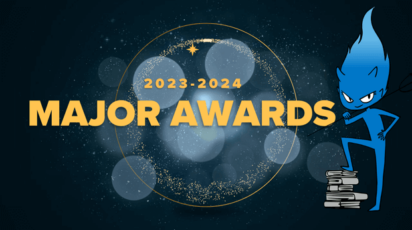News
Students Launch “Facing Latin America” Website Project
Over the past semester, Dr. David Reid’s Latin American History elective built a website, Facing Latin America—for high school students, by high school students—to answer the questions: Who are Latin Americans? What are the issues they face? How can history inform us about Latin America today?
They focused their study on three interconnected issues: “the diversity of Latin America, the United States’ involvement in the region, and present-day migration and asylum-seeking.”

“We started with readings and discussions on whether or not ‘Latin America’ even exists as a coherent, unified, definable place,” Dr. Reid said, “and what labels like Latin American, Hispanic, Latino/a, and Latinx mean and have meant. From there, the students decided on the type of resource we would create and what aspects of Latin American history, identity, and contemporary issues it would cover.”
Dr. Reid explained the class was small, only nine students, but very enthusiastic and up for the challenge. They formed small work groups and brainstormed before beginning the research, finding library books, and writing and revising drafts.
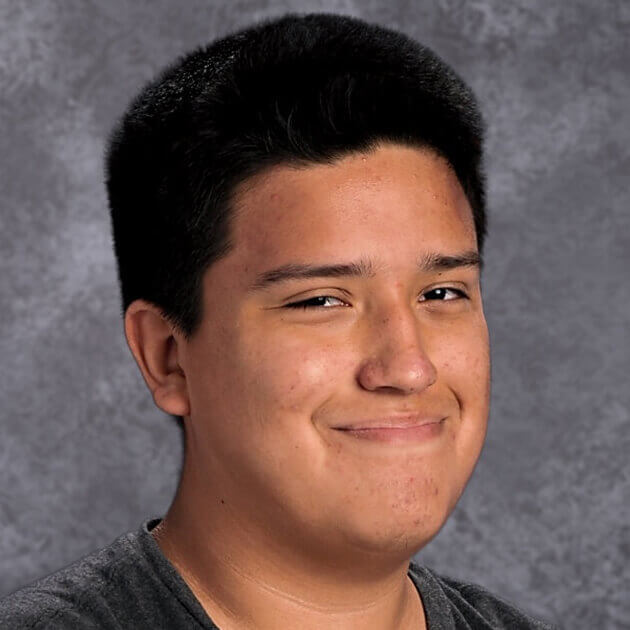
“Before the project I didn’t know nearly as much about Latin American identity as I do now,” said Eric Lozado ’22. “I myself am Hispanic, so I knew some information about different Latin American countries. I knew about different specific issues that countries faced such as colorism in Brazil and gang violence in El Salvador. The bits and pieces of information that I knew formulated my entire perspective on what Latin Americans are like. I assumed that problems involving race and identity weren’t something they had to deal with since they are all mostly similar. Even though I knew it had flaws, I viewed Latin America as a utopia of different cultures and ethnicities who lived together without problems. Once I started my research for the website, however, I found that the racial dynamic in Latin America is even more complicated and complex than our’s in the United States. I was also surprised to find out how different some countries are from one another even though they are neighbors. My discoveries helped me develop a new and better understanding of how to truly define Latin Americans.”
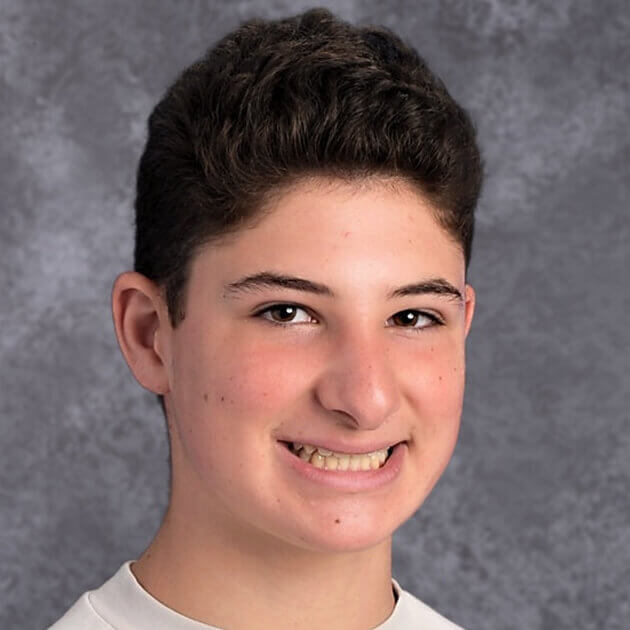
“I learned that Latin America has many different meanings and qualifications that are not set in stone,” added Victor Levy ’21.
“After building a draft of the website,” Dr. Reid said, “we consulted with outside experts in the three areas that the website focuses on, who joined us by Zoom and offered feedback, suggestions, and areas for further research. Throughout the process, the students helped each other learn more, brought up and then solved dilemmas and issues related to the website’s design, layout, content, visibility, and shared new ideas for directions we could take it. In the final stages we formed new work groups to handle proofreading and layout decisions, and put the finishing touches on it.”
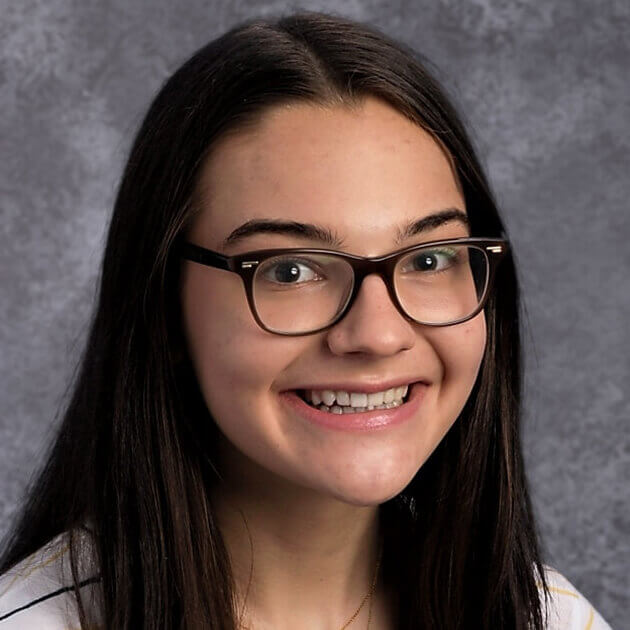
“I developed the page with the map in the journey of migration section,” said Julia Schnipper ’21. “I made the map on Google Maps and then embedded it onto the page.” She added, “Before the course I knew a lot about Latin American culture from taking Spanish for seven years along with a little bit about the communist movement in Latin America. I also knew a little bit about migration and what a difficult process that is; however, when I started the course I realized that I actually knew very little.”
“My group had to talk about diversity in Latin America,” said Lozado. “We wrote about the different ethnicities and cultures that inhabited Latin America and how their differences shaped their way of life. My task was to talk about the countries of Brazil, Ecuador, Haiti, and the Dominican Republic. I found my research on Haiti and the Dominican Republic most intriguing. Haiti and the DR have a very long and complicated history, which originates the moment Christopher Columbus discovered the island of Hispaniola. The relationship between these two countries has evolved and changed over time. Even though they haven’t always had the best relationship progress has been made.”

“My role was to work on the diversity section of the website,” said Juliana Baluk ’21. “I researched Brazil and Mexico and the history behind the current cultures, religions, and races that exist together there today.”
“The students wanted the website to be useful and something that high school students would actually enjoy using and learning from,” Dr. Reid said. “They struggled at times with writing in a more conversational, accessible style than the formal academic tone we normally use in history class, but they more than rose to the challenge.”
“Finally,” Dr. Reid said, “we wanted the website to have integrity and be accountable to our audience and subject matter, so a portion of the class’ final grade is based not on my assessment, but on feedback provided anonymously by our outside experts and other history teachers.”
“My vision is that it will help educate students about different Latin American issues and help get rid of ingrained stereotypes. We want to show them that the stereotype that all Latin Americans look, act, and talk alike is incorrect. Our end goal is just to make sure that students know a little more about Latin America after reading our website.”
“I hope other students can use our website as an engaging and interactive tool to learn more about Latin America so that they can gain the same knowledge I did by taking the course,” said Schnipper.
Levy said he hoped other students would learn about the “U.S. role in interventions, and how difficult it is to enter our country and cross the border.”
“The website took a very long time to build including many hours of research from all the students,” said Lozado. “The purpose of the site is to educate our peers about a part of the world they might not know much about. My vision is that it will help educate students about different Latin American issues and help get rid of ingrained stereotypes. We want to show them that the stereotype that all Latin Americans look, act, and talk alike is incorrect. Our end goal is just to make sure that students know a little more about Latin America after reading our website.”
“I hope that this website will create more sensitivity about the way that we define the people of Latin America.”
“I hope that other high school students will recognize how diverse the culture of Latin America is,” added Baluk, “because often we try to categorize people, especially people who are immigrants, because people in the U.S. often don’t have enough knowledge of other cultures to accept them into their communities. I hope that this website will create more sensitivity about the way that we define the people of Latin America.”
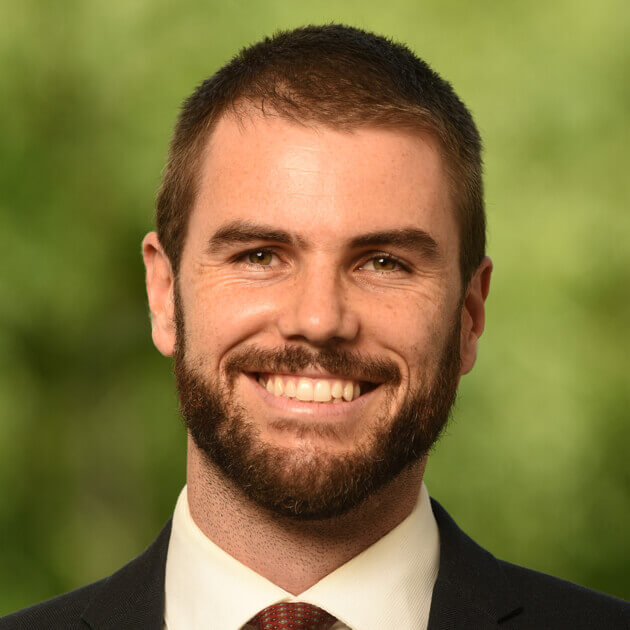
“One thing that really impresses me about the site,” said Dr. Reid, “is that most of the students knew very little about Latin American history when they entered the class, beyond what we learn about it in the Grades 9 and 10. So everything on the site is what they learned themselves; the way it is told on the site is because of their deliberations and decisions. I acted more as an adviser or coach than a teacher.”
“I’m very proud of what they accomplished and how tirelessly and enthusiastically they worked on it,” said Dr. Reid. ”Poly students never cease to impress me! I’m looking forward to tackling new questions when I teach the class again, and dreaming that—in a post-COVID future—it could involve a school trip to Mexico.”



